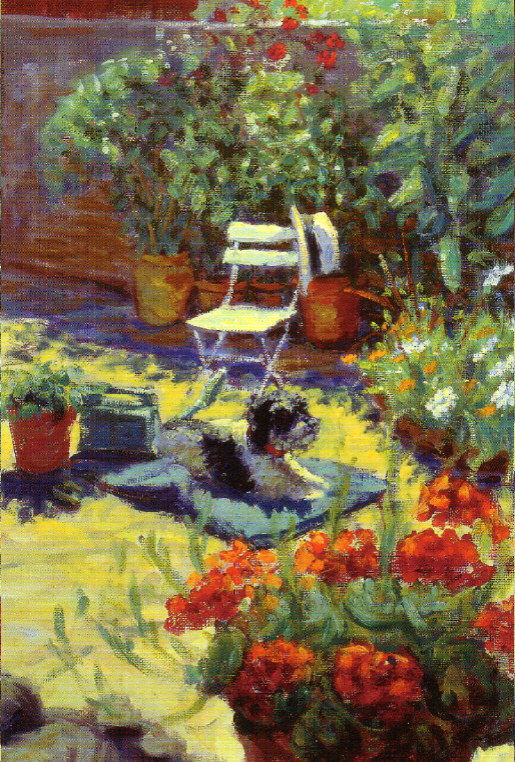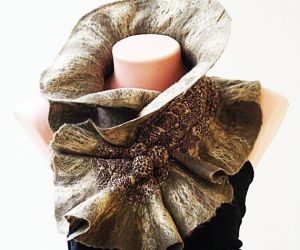
This featured article is from Guest Author Geoff Jackson.
There are probably as many styles of painting with oil and acrylic as there are artists. This is something to know when you shop for an art print on canvas. But like many art areas, there are some basic principles that go with painting with oil and with acrylic. First of all, these are not considered paints for beginners or for young children. As a rule, these types of paint are not introduced until students are at least 11 or 12 years of age, and more often older. The two types of paint, although somewhat similar, have very different properties and will create different results.
Painting in Oils
Oil paint has been around a long time. As you might guess from the name, it is ground pigment mixed with an oil medium. Linseed oil has long been a favorite, but other types can be used. Oil paints are often used on canvas, but are sometimes used on Masonite or similar rigid materials. Occasionally, you will see folk art where saw blades, toilet seats or other homely objects have been painted using oil paints.
Oil paint dries slowly. This allows the artist an opportunity to keep moving it around for several hours or even for days after starting a painting. This is the same property, however, that can allow colors to become “muddy”, after they have been over-worked. A muddy color is one that has lost its clarity and brilliance through accidental mixing with colors below or beside it. Although it is possible to retrieve a space that has become muddy, the best treatment is usually to scrape the paint off that area using a pallet knife, and then re-apply fresh paint.
A painting done in oils needs a protected space in which to dry. Because oil paint can stay wet for several weeks, the painting can be a hazard to clothing, household goods or pets that brush against it. Needless to say, this does not do the painting any good either.
A good oil painting has a sense of clarity, but also has the deep, rich colors we have come to associate with the old masters. There are many techniques that can be used to apply the paint, but the most common ways are to use a paint brush or a pallet knife. The paint should be applied quickly, and ample drying time between layers needs to be allowed.
Painting in Acrylic
Acrylic has a lot of the same qualities of oil paint. It comes in tubes, is commonly used on canvas, and can be applied with a brush or with a pallet knife. It can be thinned and applied as a wash or it can be used as an opaque paint. Right about there the similarities end.
Acrylic paints tend to have much brighter colors than oil paints. If you are looking for deep, rich colors, avoid acrylic. On the other hand, if you want something that is bright and bouncy, then acrylic is your medium! Want to avoid all that messing around with oil and paint thinner? Again, acrylic is the way to go. Acrylic paints clean up with water; you just have to be right on top of that, because they dry quickly, and tend to be rather permanent once dry.
If you are an artist who has despaired of being able to produce an oil painting that does not have colors that are reminiscent of farm soil, then acrylic is your friend. Because it dries quickly, you can apply a fresh layer of paint within minutes of having applied the first coat. On the other hand, if you are used to taking advantage of oil’s slow drying time to mix paints on the canvas, you will need to pick up the painting pace, because your paint will dry before you are ready.
A Satisfying Medium
Regardless of which medium you choose, there is something deeply satisfying about applying the thick colors to canvas. Whether you are the type of artist who meticulously draws the design on the canvas before starting work, or whether you are the type of artist who immediately begins with paint, the rich colors and the flow of the textured paints is very much like applying your soul to the canvas for the world to see. Allowing your work to be recreated as an art print on canvas provides a unique opportunity to share the work in a clean, professional format. This is an added value to the unique artistic work that you create.
Guest Author Geoff Jackson wrote this article on behalf of Fotoviva, an online store stocking amazing canvas wall art and prints.
Jungle King Fisher Landscape Painting image by Carol Patterson on Flickr. Oil Painting image by Markus Ram on Flickr. Both used under the Creative Commons License.












[…] Painting with Oil and Acrylics […]